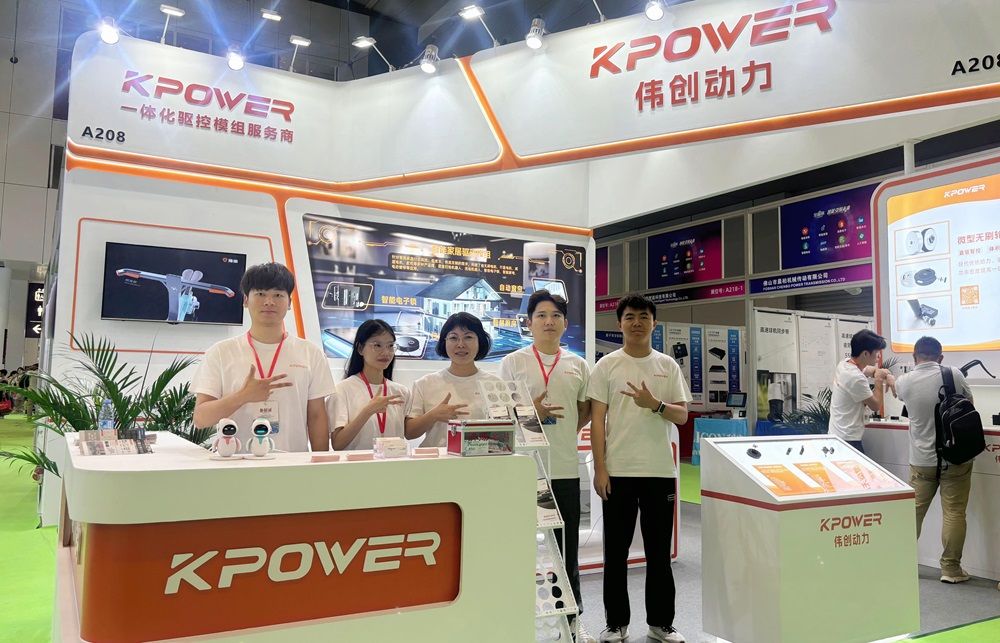In the vast world of industrial machinery and engineering, few components exhibit as much versatility and importance as the electric motor reduction gearbox. These remarkable devices serve as the silent workhorses behind countless machines, from conveyor belts in manufacturing plants to robotic arms in automotive assembly lines. Their unassuming exterior hides a complex, finely tuned system that transforms raw electrical energy into precise mechanical power, allowing machines to operate smoothly, efficiently, and reliably.

At its core, an electric motor reduction gearbox is a sophisticated marvel of engineering designed to reduce the high rotational speeds generated by electric motors into more manageable, torque-rich movements suited for various applications. Imagine pushing a heavy piece of furniture across the floor with a small, fast-moving hand; without assistance, it’s a challenge. But attach a lever or a wheel, and suddenly, the task becomes much easier. That’s the fundamental role of a reduction gearbox—leverage, control, and efficiency.
The importance of this device becomes even clearer when considering the diverse demands of modern industry. High-speed motors can spin at thousands of revolutions per minute, a speed incompatible with most practical applications except for specific processes. The gearbox acts as a translator, slowing down these rapid spins into a usable pace, while amplifying the torque — the turning force — that is critical for tasks such as lifting, cutting, or precise positioning.
One of the most compelling reasons why electric motor reduction gearboxes are vital lies in their ability to optimize energy use. Operating a motor at high speeds without a gearbox often results in significant energy wastage, heat generation, and wear and tear. When paired with a well-designed reduction gearbox, motors can work at their optimal speeds while delivering maximum torque at the output, reducing energy consumption and prolonging equipment lifespan. This harmony between speed and torque ensures productivity without the unnecessary energy costs often associated with high-speed motors.
Furthermore, these gearboxes aren't just about slowing things down—they confer a level of control and precision that is unmatched in many applications. In robotics, for instance, delicate manipulations demand finely tuned movements that only a carefully calibrated reduction gearbox can provide. These devices make it possible to execute precise, repeatable actions, which are fundamental in assembling tiny electronic components or performing intricate surgical procedures.
Modern reduction gearboxes come in a plethora of designs, each suited for specific needs and operating conditions. Worm gearboxes, planetary gearboxes, helical gear reducers—each type has unique advantages in terms of efficiency, size, durability, and maintenance. For example, worm gearboxes are often chosen for their self-locking capabilities, which prevent back-driving and improve safety in lifting systems. Planetary gearboxes excel in high-torque applications and compact designs due to their symmetric load distribution and high gear ratios.
Innovation continues to shape the landscape of these devices. Advanced materials like lightweight composites and high-strength alloys are making gearboxes lighter yet more robust. Computer-aided design (CAD) allows engineers to optimize gear tooth geometry for minimal backlash and noise, while lubricants tailored for specific operating environments extend lifespan and reduce maintenance needs. Moreover, integrating sensors and IoT technology into gearboxes enables real-time monitoring of performance, predictive maintenance, and enhanced operational efficiency.
In conclusion, the humble electric motor reduction gearbox might seem like a small component amidst complex machinery, but its influence on productivity, energy efficiency, and operational precision is profound. As industries continue to push towards smarter, faster, and more sustainable solutions, the role of reduction gearboxes will only grow—transforming the way we harness electrical energy to power the future.
Established in 2005, Kpower has been dedicated to a professional compact motion unit manufacturer, headquartered in Dongguan, Guangdong Province, China.




































